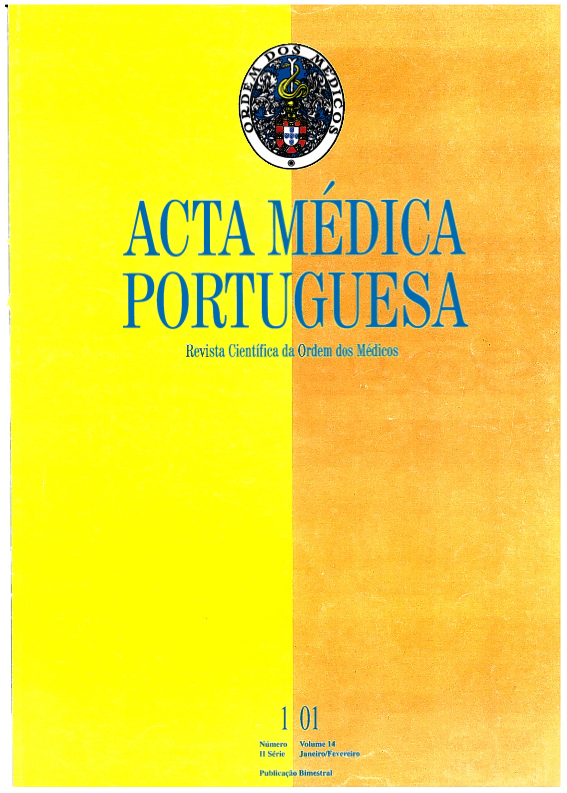Three-dimensional magnetic resonance reconstruction. Significance of neurosurgical planning.
DOI:
https://doi.org/10.20344/amp.1823Abstract
The authors describe their experience with three-dimensional (3D) MRI reconstructions of the cerebral cortex in neurosurgical planning of cortical and subcortical lesions. The majority of the lesions were located on the cerebral hemispheres; there were also few cases of posterior fossa lesions. The authors selected three clinical cases to demonstrate the interest of 3D MRI. The authors describe another image processing method based on the three dimensional models obtained by using Curvilinear Multiplanar Reformatting (CMR) for the identification of subtle focal dysplastic lesions in patients with epilepsy. The advantages and disadvantages of those 3D MRI reconstructions methods are discussed and a comparison with conventional cross-sectional images is mentioned. The main disadvantages are the raw data relative to long acquisition time and the difficulty in sometimes establishing the cleavage plane between the cortex and extra-axial structures (e.g. young patients; lesions with great mass effect; lesions ventrally located in the cerebral lobes). In conclusion, the 3D MRI reconstructions of the cerebral cortex reveal additional information to conventional cross-sectional images and permit a precise location of the lesions. This is essential in some circumstances for neurosurgical planning and strategy, improving neurosurgical performance and patient outcome.Downloads
Downloads
How to Cite
Issue
Section
License
All the articles published in the AMP are open access and comply with the requirements of funding agencies or academic institutions. The AMP is governed by the terms of the Creative Commons ‘Attribution – Non-Commercial Use - (CC-BY-NC)’ license, regarding the use by third parties.
It is the author’s responsibility to obtain approval for the reproduction of figures, tables, etc. from other publications.
Upon acceptance of an article for publication, the authors will be asked to complete the ICMJE “Copyright Liability and Copyright Sharing Statement “(http://www.actamedicaportuguesa.com/info/AMP-NormasPublicacao.pdf) and the “Declaration of Potential Conflicts of Interest” (http:// www.icmje.org/conflicts-of-interest). An e-mail will be sent to the corresponding author to acknowledge receipt of the manuscript.
After publication, the authors are authorised to make their articles available in repositories of their institutions of origin, as long as they always mention where they were published and according to the Creative Commons license.









